An Aberdeen-based firm is seeking to use geothermal energy – a sustainable source produced underground – to heat King Charles’ estate at Balmoral.
A new study, co-funded by industry with the Royal Residence, is working to find out whether the sustainable energy source can be used at the Scottish home of the Royal Family in Aberdeenshire.
It will also act as a ‘first step’ in providing a viable commercial heating source to the Cairngorms and the wider Scottish Highlands according to the firm behind the venture.
Aberdeen-based ZeGen Energy, a specialist in geothermal technology has completed the first phase of the work, which has shown there is technical feasibility to use geothermal resources in the region.
Jobs for young locals wishing to remain in the area.”
ZeGen Energy CEO Kirsten Pasturel
The team has now mapped out several potential uses of the technology for low-carbon heating at the Balmoral Estate.
ZeGen Energy, CEO Kirsten Pasturel said: “The heart of this project lies within the community. Not only in provision of low-carbon heating, but also in skills transfer from a local and highly skilled workforce and provision of jobs for young locals wishing to remain in the area.”
The production of geothermal energy involves drilling wells into the Earth’s surface and pumping fluid into the holes for energy production.
The fluids, once warmed by the Earth’s heat, can then be used to heat buildings or when brought to high enough temperatures the liquid can be used for the generation of electricity.
The energy source has been evaluated in some countries such as Iceland and the Philippines – and harnesses heat in the subsurface of the earth to generate electricity.
Paris has been using geothermal energy to heat homes since 1969 and the source is used in 250,000 households via 50 heating networks today.
The next step
As the project moves into the second phase of its pre-feasibility study, the team will be looking into the environmental, socio-economic, and legislative considerations of bringing geothermal energy to the region.
Creating a development strategy, the Balmoral Estate could adopt deep geothermal energy as part of its renewable energy mix.
In addition to funding from The Balmoral Estate, the project is also being backed by the Net Zero Technology Centre.
It is being carried out in collaboration with the University of Aberdeen and is being supported by Ross DK, a Danish drilling company and Xodus, an Aberdeen-based engineering firm.
Xodus is also carrying out work on Pentland Floating Offshore Wind Farm which recently set out its ambition to deliver a lifetime expenditure of £419 million in the UK.
Net Zero Technology Centre project manager Iain Martin said: “Geothermal energy has the potential to provide long-term, low-carbon, sustainable power and heat.
Potential of geothermal energy to decarbonise offshore and onshore operations
“The north-east of Scotland has a rich potential for deep geothermal energy.
“Projects like this are part of a growing portfolio of projects and initiatives undertaken by the Net Zero Technology Centre to promote and demonstrate the huge potential of geothermal energy to decarbonise offshore and onshore operations.
“The Balmoral project provides a step towards commercialising the onshore geothermal industry in Scotland, providing heat and power networks in rural and urban areas.”
Professor Clare Bond of the University of Aberdeen added: “It was exciting to be involved in this scoping project investigating the potential of Grampian granites for geothermal heat and energy and to apply geological expertise from the University of Aberdeen to the energy transition challenge for Net Zero Technologies.”
This is not the first instance of renewable energy being used at Balmoral; earlier this year before her death, Queen Elizabeth II had solar panels installed at the Royal highland residence.
Reports date the castle back to 1390 and it was purchased by the Royal Family in 1852, when Queen Victoria’s husband, Prince Albert bought the estate as a gift for his wife.
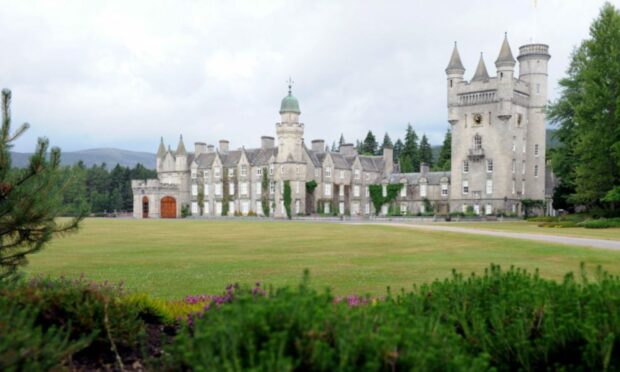
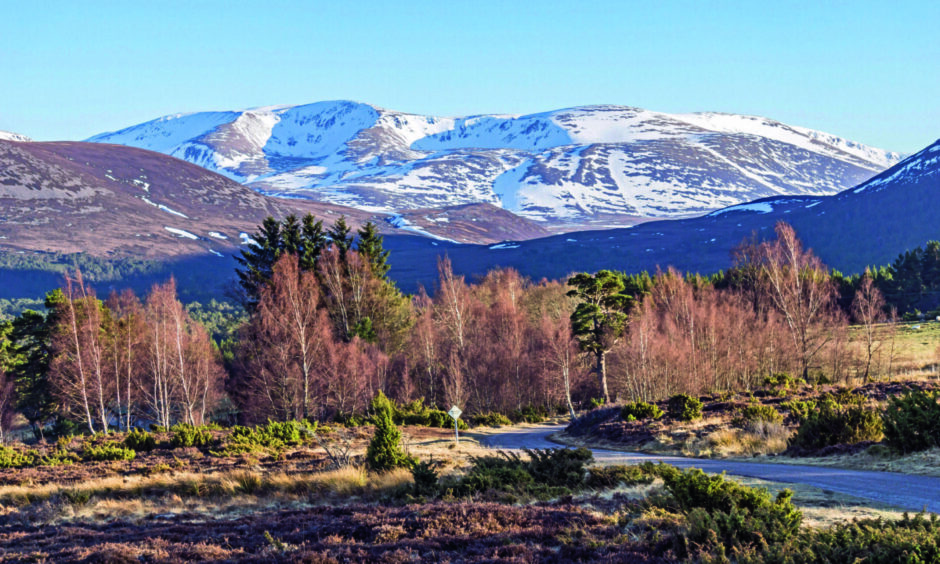
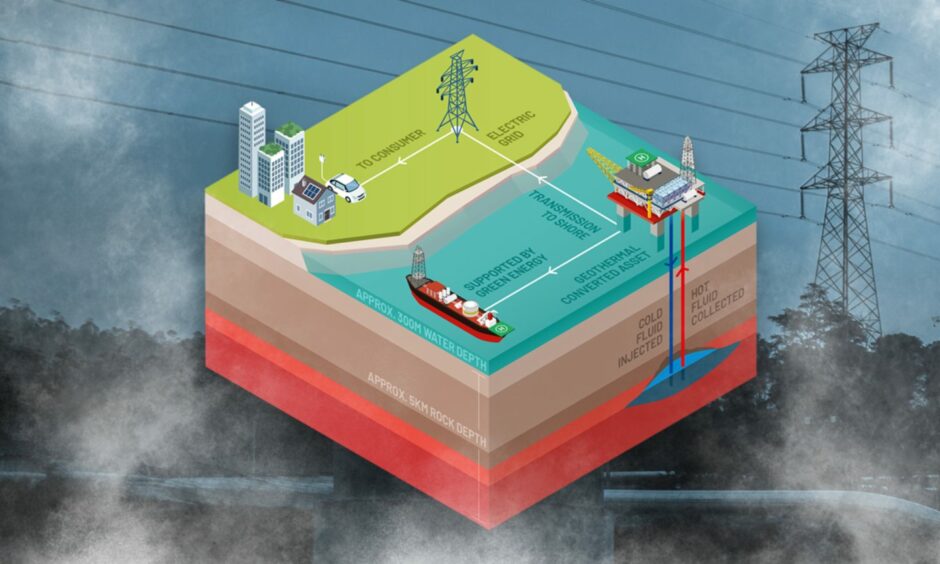
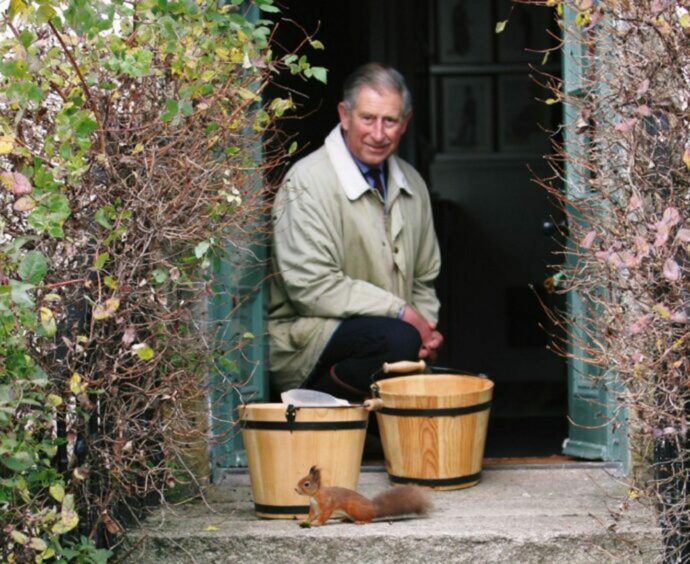
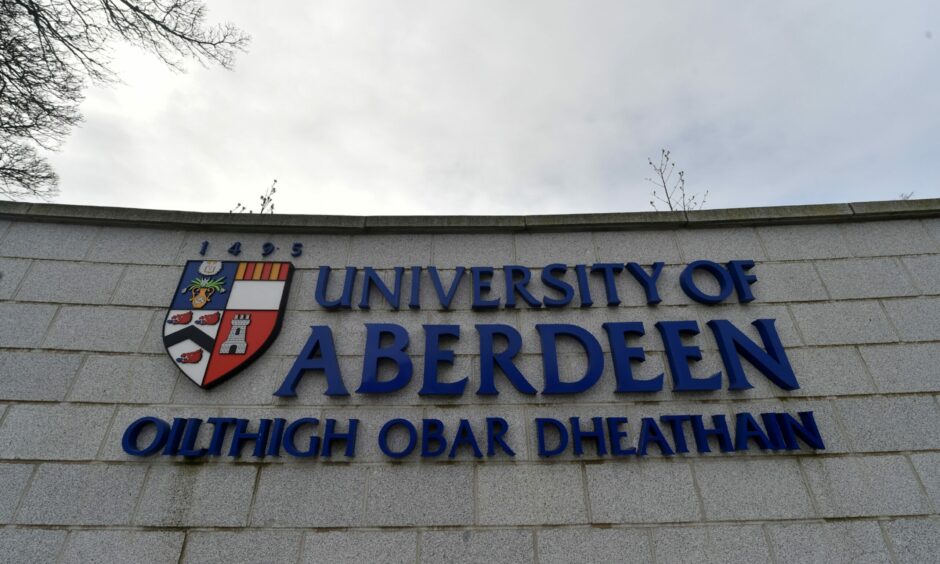
Conversation